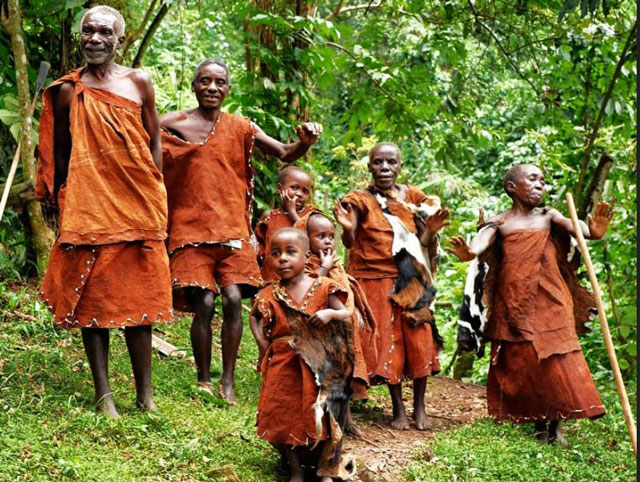
FEATURE | THE INDEPENDENT | As human populations increase, so is the potential for conflict over living space and food with wildlife.
This is the case for communities in Rubuguri and Nteko parishes in Kisoro District that border the southern sector of Bwindi Impenetrable National Park, a home to the critically endangered bur precious Mountain Gorillas.
“The biggest problem people have around Bwindi Forest is just poverty. The income generating activities are minimal. Many will get income from surplus crops, and productivity is not so promising, so usually we get [a] very low income,” said a local resident and retired teacher summing up the predicament that many people face around Bwindi Impenetrable National Park, the tourist for Uganda gorilla safaris.
Located in south-west Uganda, the iconic national park has a high population of highly-endangered Mountain Gorillas. According to the African Wildlife Foundation, there are less than 900 mountain gorillas living in the wild.
The recent results from Bwindi’s last census show the park is home to over 400 gorillas – slightly above half of the world’s mountain gorilla population.
However there is also a large population of people living around the park, and the development challenges in this area are nothing short of huge.
Reports indicate that people around this protected area are poor and struggle to make a living. Whereas many national parks around the world have a buffer zone between park and people, here the park ends and people’s crops begin.
This means that communities living around the park are restricted in the natural resources they are able harvest in their local area and their agricultural crops, crucial for supporting their families, are susceptible to raiding by wild animals, such as baboons or even Mountain Gorillas. This makes the promotion of both development and conservation highly challenging.
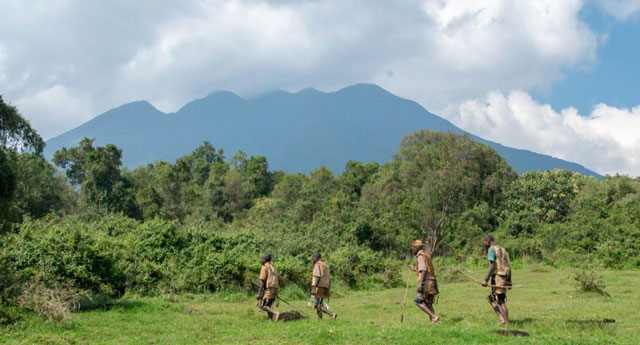
Before Bwindi was designated a national park in 1991 it was a forest reserve, and people had access to the resources important for their everyday needs, such as firewood, medicinal plants, timber and game meat. When access to those resources was restricted in 1991 this led to conflicts between local people and park authorities, which threatened the ability of authorities to manage park.
Tourism revenue from gorilla-tracking activities at Bwindi is critical for preserving the park and this highly-endangered species, and tourist numbers have increased from 1,300 per annum in 1993 to around 20,000 in 2016.
However recent studies showed that local people have a negative attitude towards the park and towards conservation.
Foreign nonresident tourists pay US$700 per person track gorillas. Communities living around the forest receive $10 per gorilla permit sold, plus 20% of the $40 park entry fees, in recognition of the importance of their support for conservation.
For example there are lots of community tourism initiatives from which local people continue to benefit through gorilla tourism.
For example, craft making business, village tours, traditional dances, cultural walks, farm tours, birding in the communities, community based lodges provide accommodation.
Among all the destinations for Uganda safaris, Bwindi forests receives the highest number of tourists and the majority come gorilla trekking; hence the community tourism allows visitors to become part of the community by taking part in activities such as tasting the food, feeling the traditional dance performances and staying in the lodges run and operated by locals.
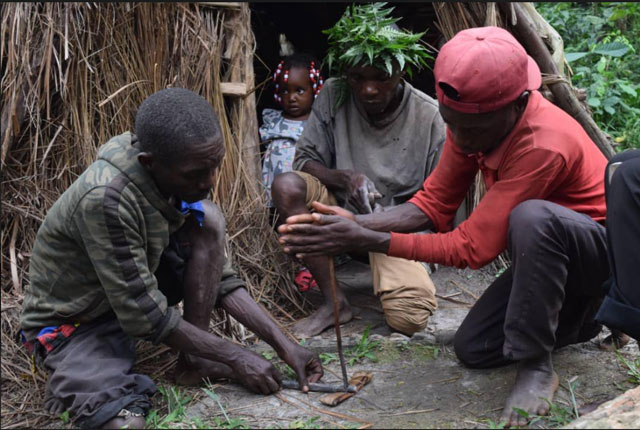
Community tourism is very valuable because it gives the local communities alternative ways to earn income that benefits them directly.
When tourists travel to Bwindi, they are encouraged to visit communities after the famous gorilla trek. There is no advance bookings required.
Key community areas to visit around Bwindi Impenetrable Forest include Batwa homestead in Buhoma, one of the oldest cultures in the world who are traditionally forest warriors.
Other areas are Village walks in Buniga Forest Walk, Buhoma Community Tour, Nkuringo Community Tour, and Nkuringo Cultural Center the Rubuguri Village Walk.
 The Independent Uganda: You get the Truth we Pay the Price
The Independent Uganda: You get the Truth we Pay the Price
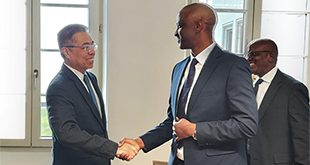

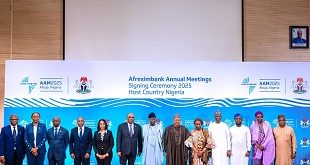
Great Article. However as Tourist numbers increase year after year, this doesn’t really reflect deep down in the welfare of the local communities due to implementation and distribution of the Revenue share. When the 20% revenue is collected, its taken to the District Administration for distribution. The neighboring communities hardly get anything out of this. Like 70% of it is swindled before its implemented. That’s why the increase in Tourist numbers in Bwindi has not positively impacted on the welfare of these communities. A live example is just the Road from Muko, to Rushaga Bwindi and Nkuringo. Its in a very poor state regardless of the number of Tourists that use it.